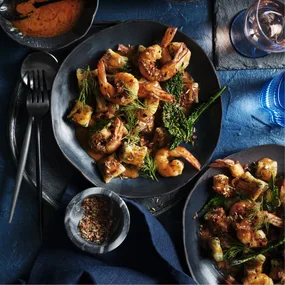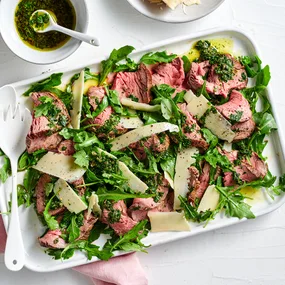The word “bouillabaisse” is a contraction of bouillir (to boil) and abaisser (to reduce), or “bouillon abaissé”, reduced broth. It takes us back to the origin of this initially humble fishermen’s dish. The fishermen of Marseille or their wives would make a fire on the beach and boil the small, bony least saleable yet flavourful catch in a cauldron. It seems olive oil came into use later but I imagine onions, garlic and tomatoes would have played a role. It’s a glorious dish, its magic lying in its intensity of flavour, scent and its visual presentation.
My mentor in the art of bouillabaisse was Claude Corne, the founder of Claude’s French Restaurant in Sydney, which my then-wife, Josephine, and I bought in 1981. Claude served it on the first Friday of each month.
Step 1: To make bouillon, rinse seafood
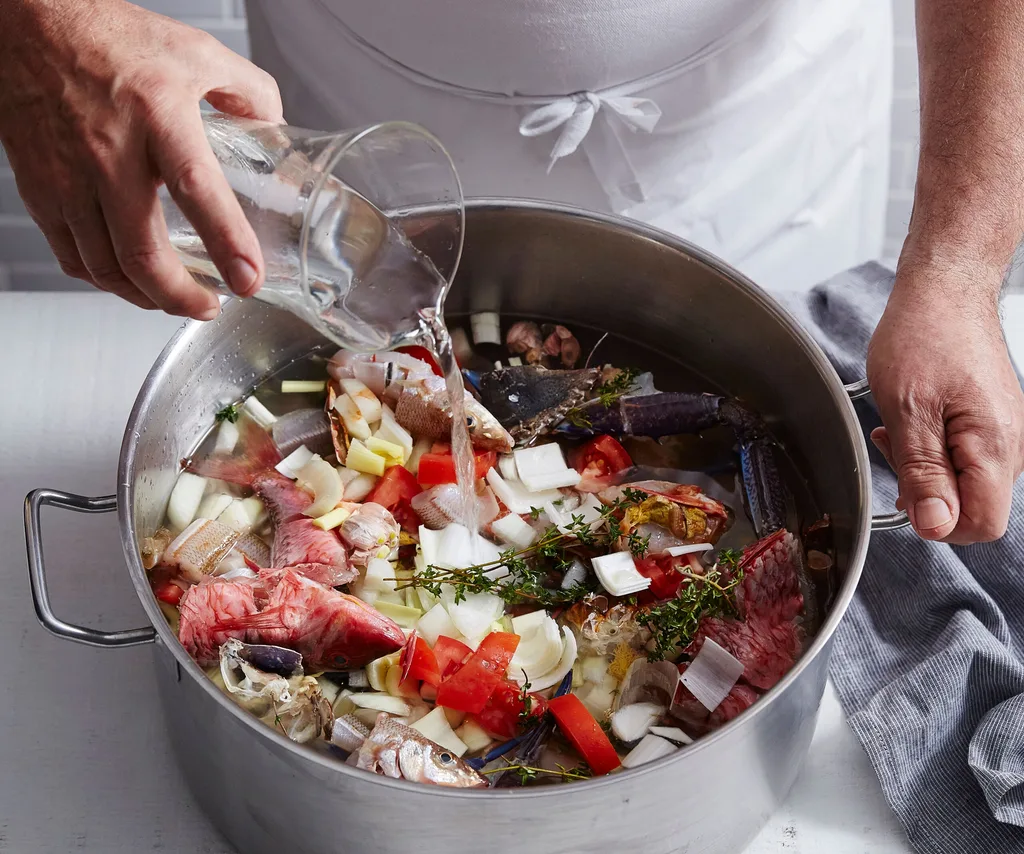
He would start the day before by making a full-flavoured Provençal fish soup using much the same fish and vegetables that would go in the final dish.
Step 2: Bring slowly to the boil, then simmer gently

Step 3: Strain bouillon

The key to the authentic flavour was in the smashing and pounding of the ingredients through a cone-shaped sieve, or chinois, using a conical wooden pestle. The soup was cooked for an hour and never skimmed, then left for another hour to settle and mature before the step that brings the flavour: the reduction.
Step 4: Bake baguette croûtons
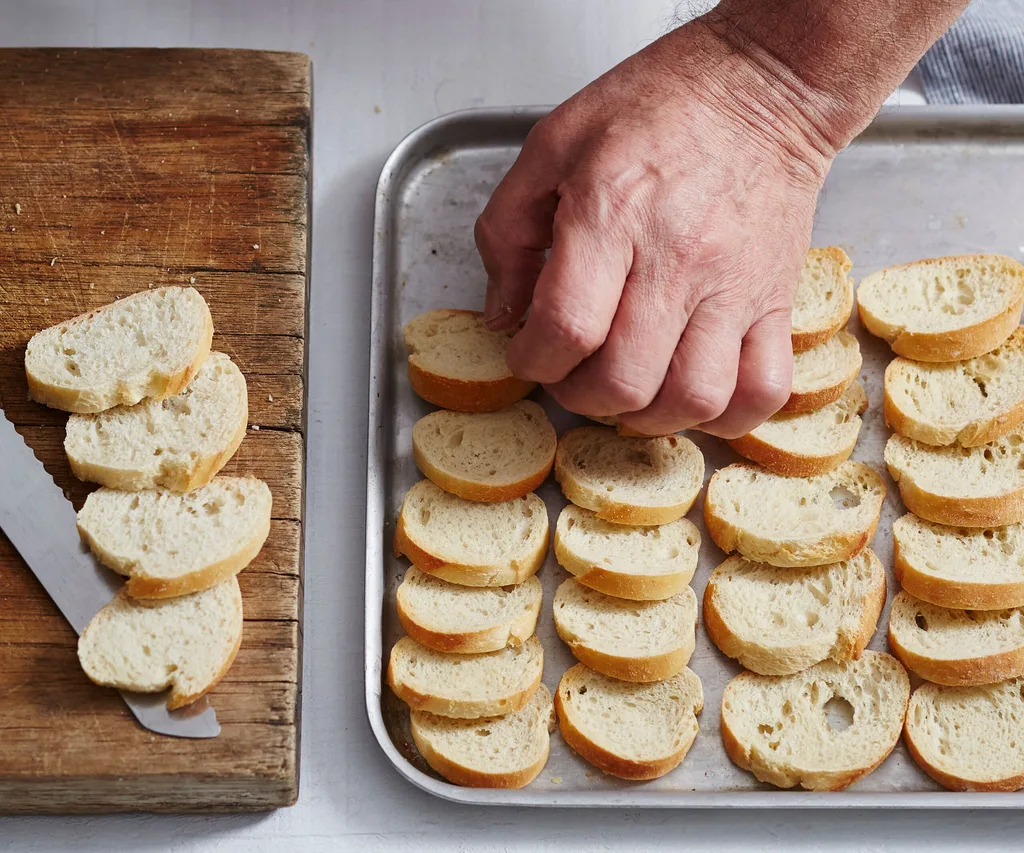
The croûtons call for the simplest of baguettes (not sourdough, which becomes hard when oven-dried) and, finally, plenty of freshly chopped parsley.
Step 5: Pound rouille
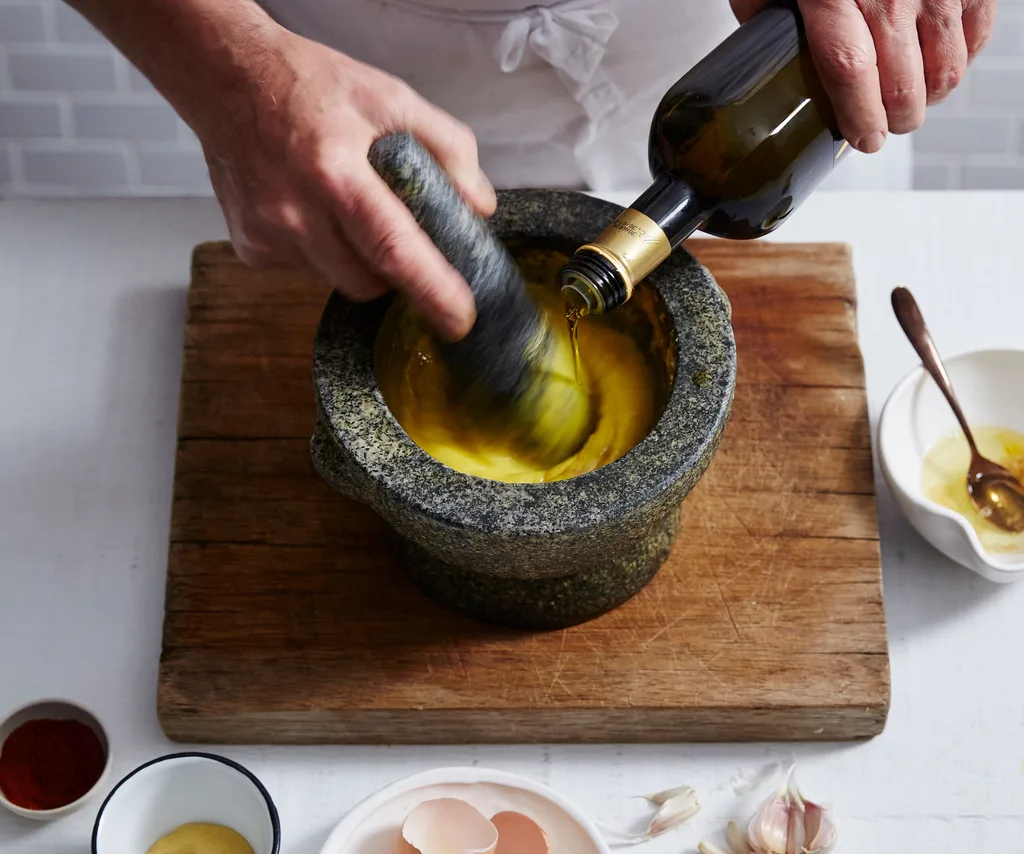
A magnificent traditional sauce, la rouille (“rust” for the colour extracted from the chillies), was made by reducing some of the soup to an essence, adding dry bread and pounding it with chillies, garlic, saffron, and a touch of mustard before adding egg yolks and making a mayonnaise with extra-virgin olive oil.
Step 6: Layer remaining seafood in baking pans
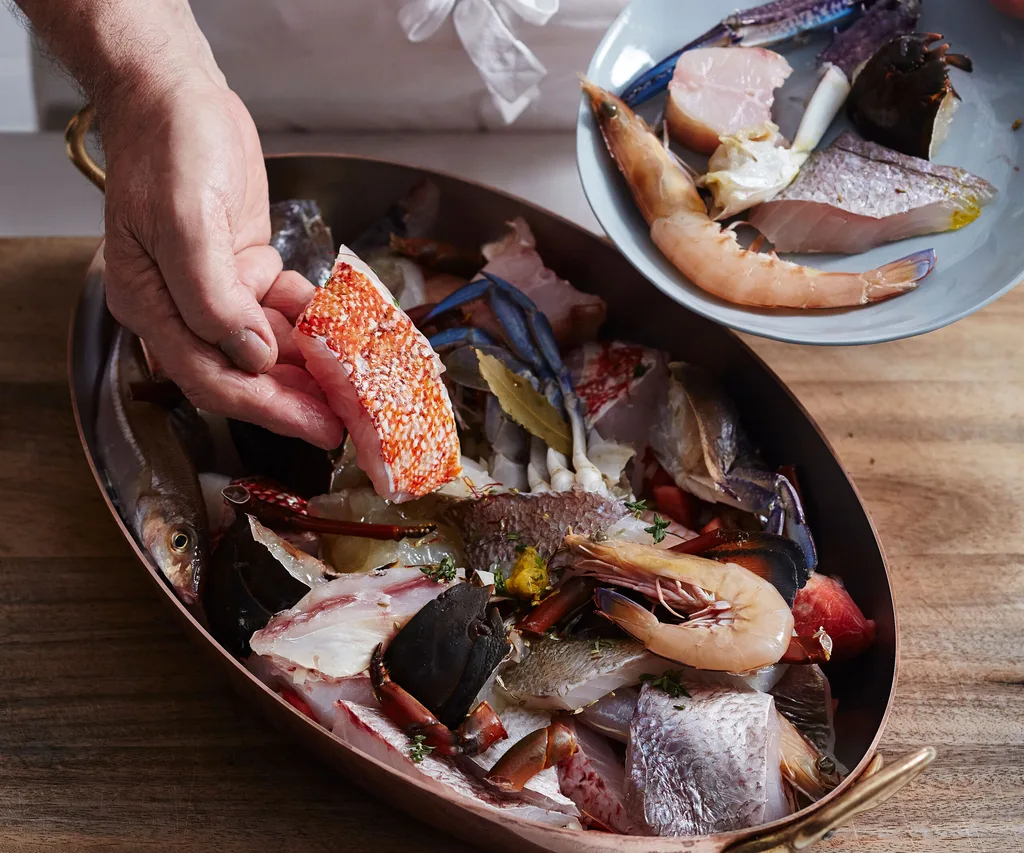
We’d go to the market to find seven varieties of fish and two or three types of shellfish. If we were in luck, we’d find tiny red spot whiting and red mullet, the latter being critical, like rock cod. Blue swimmer crabs, prawns and lobster were added for depth of flavour, while leatherjackets and flathead provided the middle palate, snapper, John Dory, whiting and blue-eye trevally extra complexity and, when available, eel made a nod to the original bouillabaisse.
The quality of any perfect fish dish lies in the freshness of the produce, of course. Just one variety in less than peak condition will dull the flavour, while oily fish add heaviness.
Onions, garlic and tomatoes were chopped, and the essential saffron and fresh thyme prepared ready for the assembly of the individual portions in enamelled cast-iron gratin dishes.
Aficionados might point out that this is not the traditional manner of serving bouillabaisse. Normally the smaller fish are absorbed into the soup served in a tureen and larger fish and shellfish are presented on a platter. But Claude’s adaptation tasted pretty authentic and it was the only way he could serve 40 appreciative guests.
Step 7: Ladle boiling bouillin over the seafood and cook
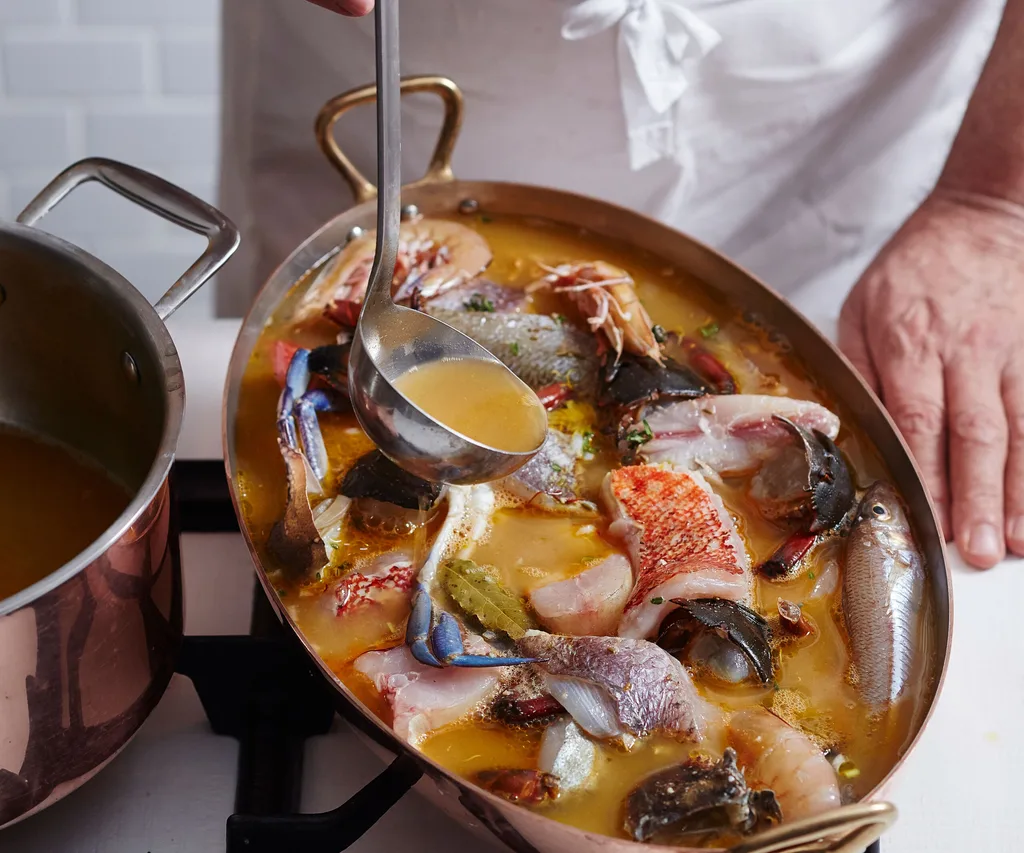
The final cooking calls for high heat so the fish cook quickly, thus retaining texture; don’t expect to have the fish cooked “à point” as the French say, but some textural firmness provides contrast. Claude’s method takes about five minutes to finish on a restaurant stove and up to 10 minutes in the domestic kitchen. The best way to cook this at home is in small batches for the best flavour and texture. Serve it with a pale Provençal rosé. Bonne bouillabaisse!
A deep roasting pan may accommodate all the fish here but note that the pans will go from the oven to the table and should look handsome. Set the table with knives, forks, soup spoons and shellfish forks, plus a nut-cracker or two. The bouillion makes double what you need, but could be halved, or the remainder frozen for another time.
Ingredients
Method
To prepare the lobster, place it tail flat on a board, hold the body firmly, then push a strong, sharp knife between the eyes. To separate the tail from the carapace, insert a thin-bladed knife hard against the upper part of the head, then cut through. Turn the carapace over and repeat to sever the tail. Holding the tail in one hand and body in the other, using a tea towel to protect your hand from the spikes, twist and pull gently to dislodge the tail. Make a small incision in the underside of the tail and pull out the digestive tract from the fleshy end. Cut between each joint of the tail shell, then, using kitchen scissors, cut each joint in opposite directions so you have jointed pieces. Reserve the head for stock. Frozen lobster tails work well here, too.
To toast saffron, warm saffron in a 100C oven for 10 minutes.
Notes
 Rob Shaw
Rob Shaw




